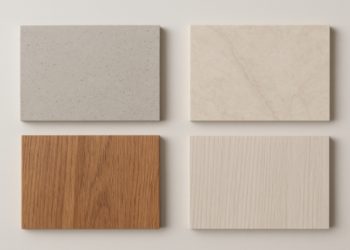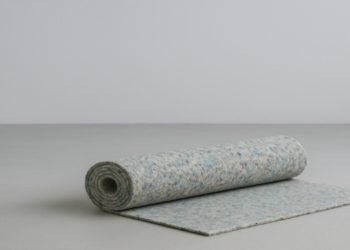The roofing is an important structural component that protects your house or any building from severe weather conditions. Both homeowners and builders need to understand the lifespan of various roofing materials and the factors impacting their longevity. So they can make good decisions to ensure the protection of structures for several decades.
Roofing in Norwich generally last 20 to 30 years and even more in other parts of the UK when they are well-maintained and properly installed.
Different Roofing Types and Their Expected Lifespan:
Here are some commonly used roofing options in the UK with their expected lasting duration:
Slate and Tile:
Slate roofing is the most popular type used for residential and commercial properties in the UK due to its exceptional durability and extended lifespan. It can last 50 to 100 years or more if properly installed and maintained. Its ability against extreme weather conditions and resistance to algae or moss improve the reliability of the roof.
Flat Roof:
Flat roofing generally lasts between 20 to 30 years, depending on different types of materials, such as Built-up roofs (BUR), single-ply membranes, and modified bitumen roofs. They are commonly used in modern structures but require regular inspection, and bad climate can affect their average lifespan.
Metal Roof:
Metal roofing is famous for its longevity and resistance to various elements such as rain, wind, and corrosion. It can stay up to 40 to 70 years and is the best choice for roofing in the UK.
Asphalt Shingles Roof:
This is the most affordable type of roofing but comes with a shorter lifespan of around 20 and 30 years. Its durability highly depends on the quality of the shingles and the installation method.
Warning Signs of Replacing a Roof
Early detection of the issues allows homeowners to take timely action and make informed decisions about a new roof:
Age of the Roof:
Most roofing materials have a limited lifespan. Therefore, when a roof gets closer to or beyond its expected age, problems are more likely to arise, and replacement is required.
Persistent Leaks:
It could be a sign that the overall integrity of the roofing system has been compromised if your roof leaks persistently, even after various repair attempts. It makes roof replacement a viable solution.
Visible Damage:
The missing or damaged shingles, curling, or peeling are the signs that indicate your roofing materials no longer provide sufficient protection and withstand weather conditions.
Sagging or Drooping:
A visibly sagging or drooping roof is a serious concern that suggests structural damage. This could be the result of roof decking or supporting structures, and a complete roof replacement may be needed to ensure the safety and stability of the entire structure.
Moss or Algae Growth:
Algae may develop on the roof due to high moisture content and inadequate ventilation. Their Persistent growth can compromise the structural integrity of the roof and present health risks that require a comprehensive solution.
Granule Loss and Bald Spots:
Granule loss on asphalt shingles and bald spots on the roof surface are indicators of advanced wear. When the protective granules wear away, the underlying shingles become more vulnerable to the weather, which reduces their effectiveness and may require replacement.
Energy Efficiency Decline:
Poor installation and ventilation could be the cause of your roof’s inability to regulate temperature effectively. It may be time to consider replacement with more energy-efficient materials.
Roof Decking Issues:
Addressing underlying structural problems with the roof decking, such as rot or extensive water damage, may require replacing the entire roof to ensure long-term stability.
Storm Damage:
Severe weather events like storms and large snowfall can cause damage to your roof. The roof replacement is the only option if it doesn’t provide further protection and is beyond the scope of repair.
Factors That Increase the Durability of Roofing:
The following are some factors that can substantially contribute to an increased lifespan of your roofing:
Quality of Installation:
The lifespan of your roof certainly depends on the way it is installed. Ensuring professional installation can minimize the risk of leaks, structural issues, and premature wear.
Regular maintenance:
Routine inspection and maintenance are vital to identify or address any issues before they increase. Early detection can improve the duration of the roof by repairing damage to the shingles, removing debris, and fixing leaks.
Weather Resistance:
Licensed Roofing contractors use materials that can resist weather conditions like heavy rainfall, strong winds, and temperature extremes in the UK.
Ventilation and Insulation:
The good airflow keeps the temperature and moisture content under control. It prevents problems like mold and rot and maintains the overall structural integrity of the roof.
Conclusion:
The lifespan of the roof in the UK depends on multiple factors, including the type chosen, regular maintenance, and installation quality. Understanding these aspects enables informed decisions, preserves investments, and provides a reliable barrier against extreme weather conditions.
David Prior
David Prior is the editor of Today News, responsible for the overall editorial strategy. He is an NCTJ-qualified journalist with over 20 years’ experience, and is also editor of the award-winning hyperlocal news title Altrincham Today. His LinkedIn profile is here.












































































